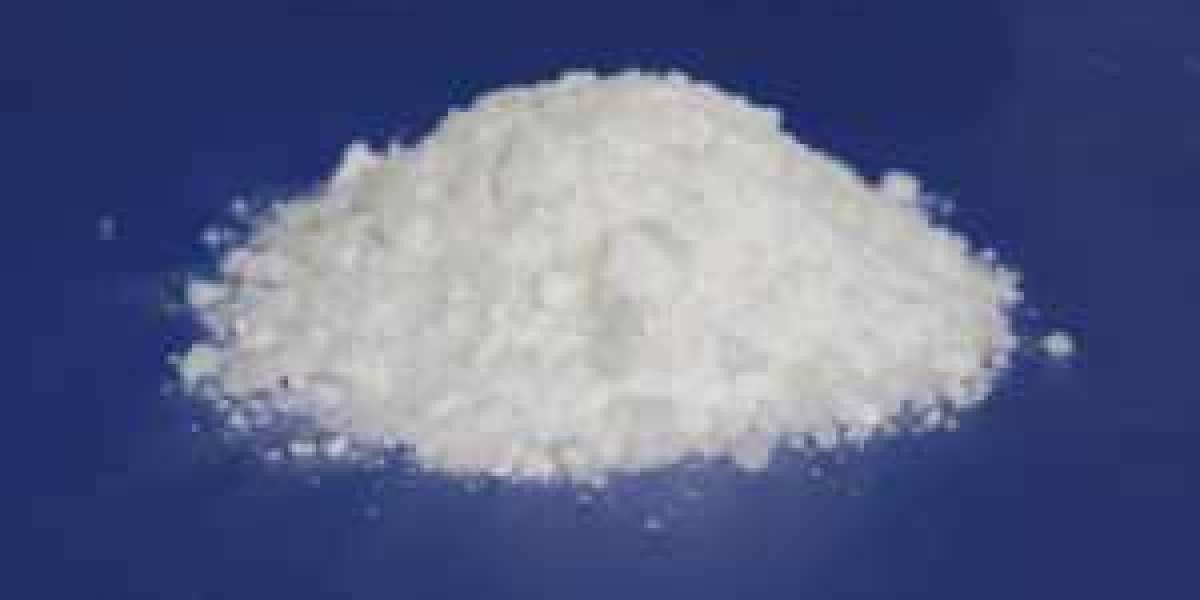Slab foundations are one of the most popular types of foundations used in modern construction due to their simplicity and cost-effectiveness. However, over time, various factors can cause issues, necessitating slab foundation repair to maintain structural integrity. In this guide, we will cover the causes, signs, and methods of slab foundation repair, ensuring your property remains secure and stable for years to come. At Sage FX Foundation, we specialize in expert foundation repair services, delivering durable solutions for both residential and commercial properties.
What is a Slab Foundation?
A slab foundation is a large, flat concrete structure that forms the base of a building. It is typically poured directly onto the ground and reinforced with steel rods or mesh. This type of foundation is particularly common in areas with warmer climates, where the ground does not freeze, as it is less prone to frost heaving. Slab foundations are known for being cost-efficient and quick to install, but they are not immune to damage over time.
Common Causes of Slab Foundation Damage
Understanding the root causes of slab foundation damage is crucial in determining the best repair approach. Several factors contribute to foundation issues, including:
1. Soil Movement and Expansive Soils
Soil movement is the leading cause of slab foundation damage. Expansive soils, such as clay, expand and contract based on moisture levels. During heavy rainfall, these soils swell, putting pressure on the foundation. Conversely, during droughts, the soil contracts, leaving voids under the slab. These constant shifts in soil levels can cause the slab to crack or settle unevenly.
2. Poor Drainage
Water is a slab foundation's worst enemy. Improper drainage around a building's perimeter can lead to excessive water accumulation, which weakens the soil and results in foundation settlement. Ensuring proper grading and the installation of drainage systems like French drains can prevent water from pooling around the foundation.
3. Tree Roots
Trees planted too close to a building can cause significant foundation problems. As tree roots search for moisture, they can grow under the slab and disrupt the soil, leading to cracks and uneven foundation settlement. This is particularly problematic for homes built on expansive soils.
4. Plumbing Leaks
Undetected leaks from pipes running beneath a slab foundation can saturate the soil, leading to foundation movement. Over time, the constant exposure to water weakens the soil structure and can cause the foundation to shift or crack.
5. Poor Construction Practices
Foundations built on improperly compacted soil or with insufficient reinforcement are more likely to experience problems over time. Proper construction techniques, including thorough soil testing and the use of high-quality materials, are essential to preventing future damage.
Signs You Need Slab Foundation Repair
Detecting the early signs of foundation problems is crucial for minimizing repair costs and preventing further damage. Look for the following warning signs:
1. Cracks in the Slab or Walls
Foundation cracks are often the first visible sign of a problem. Small hairline cracks may be normal as the concrete cures, but large, diagonal cracks or those wider than 1/8 inch should be addressed immediately. These cracks may appear in the slab itself or in interior and exterior walls.
2. Uneven or Sloping Floors
If you notice that your floors are no longer level, this could indicate foundation settlement. As the slab shifts, it can cause floors to slope or develop noticeable dips and rises.
3. Sticking Doors and Windows
When a foundation shifts, it can cause door and window frames to become misaligned, making them difficult to open and close. This is often accompanied by visible cracks around the door or window frames.
4. Gaps Around Windows and Doors
In addition to sticking, you may notice gaps forming between windows or doors and the walls around them. This is a clear indication that the foundation is shifting and pulling the walls apart.
5. Cracked or Bulging Exterior Walls
Exterior brick or masonry walls may crack or bulge due to foundation movement. These issues should be addressed as soon as possible, as they can lead to more extensive structural damage.
Methods of Slab Foundation Repair
Once foundation problems are identified, the next step is to determine the appropriate repair method. The most common slab foundation repair techniques include:
1. Slab Jacking (Mudjacking)
Slab jacking, also known as mudjacking, is a popular method for raising a sunken slab back to its original level. In this process, a mixture of cement, sand, and other materials is pumped under the slab through small holes. This mixture fills voids and lifts the foundation back into place. Slab jacking is often a cost-effective solution for minor settlement issues.
2. Piering
Piering involves driving steel or concrete piers deep into the ground beneath the foundation to provide additional support. These piers are anchored to stable soil or bedrock, preventing further settlement. Piering is commonly used for more severe foundation problems and offers a long-term solution to prevent future movement.
3. Epoxy and Polyurethane Injection
For minor cracks in the slab or walls, epoxy or polyurethane injections can be used to seal the cracks and prevent water intrusion. These materials are injected into the cracks, where they harden and create a waterproof barrier. This method is typically used for non-structural repairs.
4. Soil Stabilization
If expansive soils are causing foundation movement, soil stabilization may be necessary. This involves injecting chemical compounds into the soil to reduce its ability to absorb water and expand. This method is particularly effective for homes built on clay or other expansive soils.
5. Drainage Solutions
Improving the drainage around the foundation can prevent further water damage. This may involve installing French drains, surface drains, or adjusting the slope of the surrounding landscape to ensure water flows away from the foundation.
Preventing Future Slab Foundation Problems
Preventing future slab foundation problems requires a proactive approach. Here are several steps you can take to protect your property:
1. Maintain Proper Drainage
Ensure that water is directed away from your foundation by installing gutters, downspouts, and drainage systems. Regularly clean gutters to prevent clogs, and check for pooling water around the foundation after heavy rains.
2. Monitor Soil Moisture Levels
In areas with expansive soils, it is important to maintain consistent moisture levels in the soil around your foundation. Use a soaker hose or irrigation system during dry periods to prevent soil contraction, and ensure proper drainage during wet periods.
3. Avoid Planting Large Trees Near the Foundation
If possible, avoid planting trees with invasive root systems close to your home. Consider relocating existing trees if their roots are encroaching on the foundation.
4. Regular Foundation Inspections
Regularly inspect your foundation for signs of damage, such as cracks or uneven floors. Address any issues promptly to prevent them from worsening over time.
Conclusion
Slab foundation repair is a critical aspect of maintaining the structural integrity of any building. Identifying the early signs of foundation problems and taking proactive steps to address them can save homeowners significant time and money in the long run. At Sage FX Foundation, we offer expert foundation repair services, utilizing the latest techniques and technology to ensure long-lasting results. Whether your slab is experiencing minor settlement or significant structural damage, we have the expertise to restore your foundation and protect your investment.






